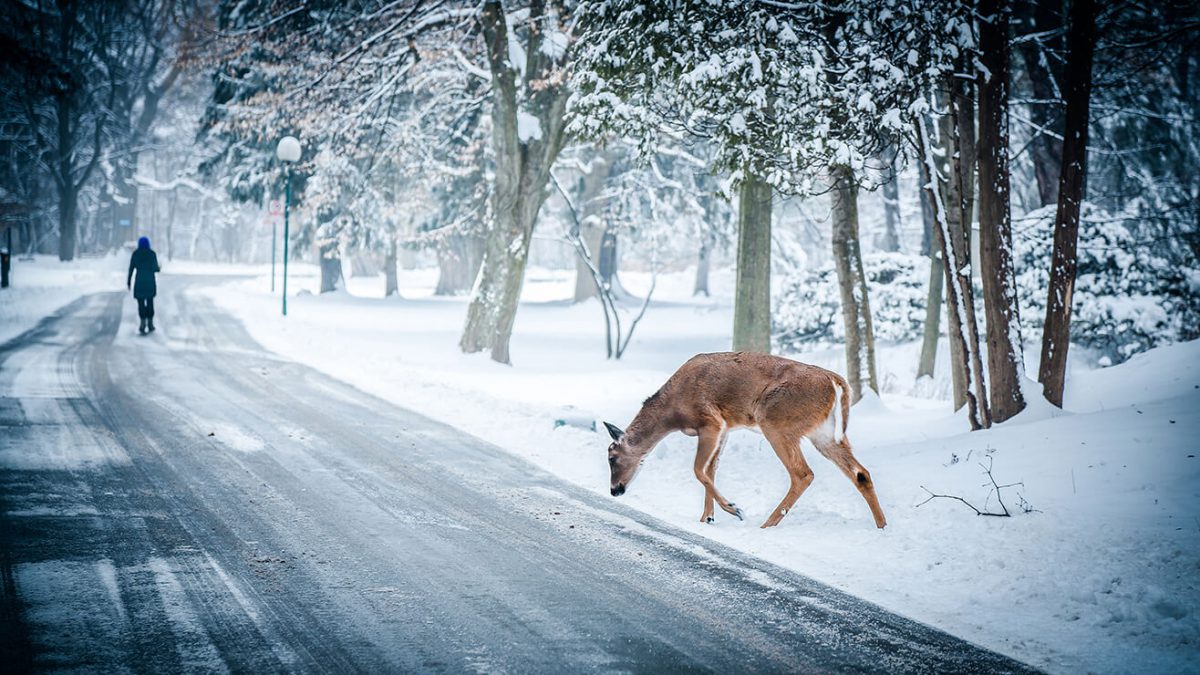Winter is fully upon us, with chilly winds urging many to stay cozy indoors. However, some of the best and most reusable footage can be captured during the coldest weather, providing you know how to prepare.
In this post, we’re setting you up with the key info you’ll need to film in the snow, from looking after your equipment to getting the right light. Bundle up and let’s get started!
1. Protect your batteries
Batteries are temperature-sensitive, so try to carry them in an insulated bag, or even in your pockets so they benefit from body-heat. If a battery gets cold it essentially goes dead, so to avoid this, try rotating batteries from your pocket to the camera throughout the shoot.
2. Bring a lens-cleaning cloth
Even if it’s not snowing when you start your shoot, it might be later. An unexpected gust of wind could blow snowflakes onto the lens at any moment.
3. The right time of day
The light bouncing off the snow is going to be pretty harsh during the midday hours. For softer effects, shoot during early morning or late afternoon. You can also shoot from a low angle to help decrease the amount of glare in your frame.
4. Use a lens hood
A lens hood isn’t included with all cameras, but can help prevent extreme glare. It provides some extra protection for your lens from the elements.
5. Avoid the gray
If you have all the camera settings on auto, including the iris, you could end up with a lot of gray in the shot as the camera tries to figure out how to handle all the light bouncing off the snow. Overexpose the shots slightly to get the right “white” effect.
6. Avoid the “blah” effect
On the opposite end of the spectrum, snowy scenes can be overwhelmingly white, and end up looking flat without a visual contrast. Choose shots with some vivid elements against the snow in the background, like trees, red barns, signposts, etc.
7. Capturing snowfall
To get the effect of the snowfall itself, add backlighting, or find a dark backdrop to use. Snowfall is usually subtle (unless you’re filming in a snowstorm), but it can definitely be done. It also makes excellent b-roll footage for future videos.
8. White balance vigilance
Check and re-check your white balance as you film. If the white balance is off, you could end up with a yellowy or beige snow scene, which might not invoke a winter wonderland for your viewers.
9. Ease your equipment back into the warmth
Quick temperature changes aren’t good for your kit, so when you’re coming back indoors, keep your stuff far away from any radiators, heaters, or other sources of heat.
10. Keep things dry
If your bag gets snowed on, make sure you empty the equipment and let it dry out completely once you’re indoors. Leaving your gear in a damp bag overnight is a bad idea. Bring trash bags, tin foil, or sheets to serve as emergency tarps if needed.
Need a place to upload your snowy footage? Get a free 30 day trial of all of our features.








